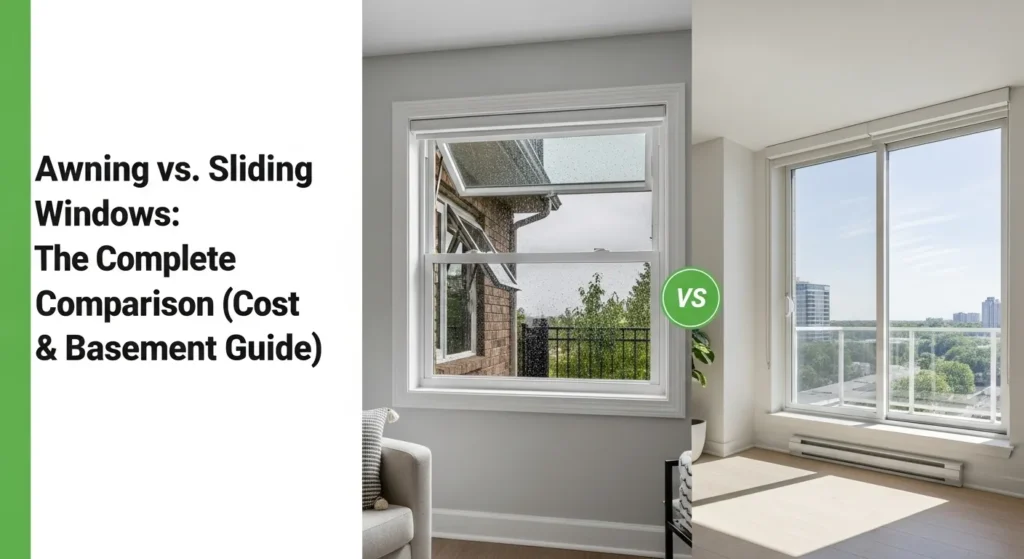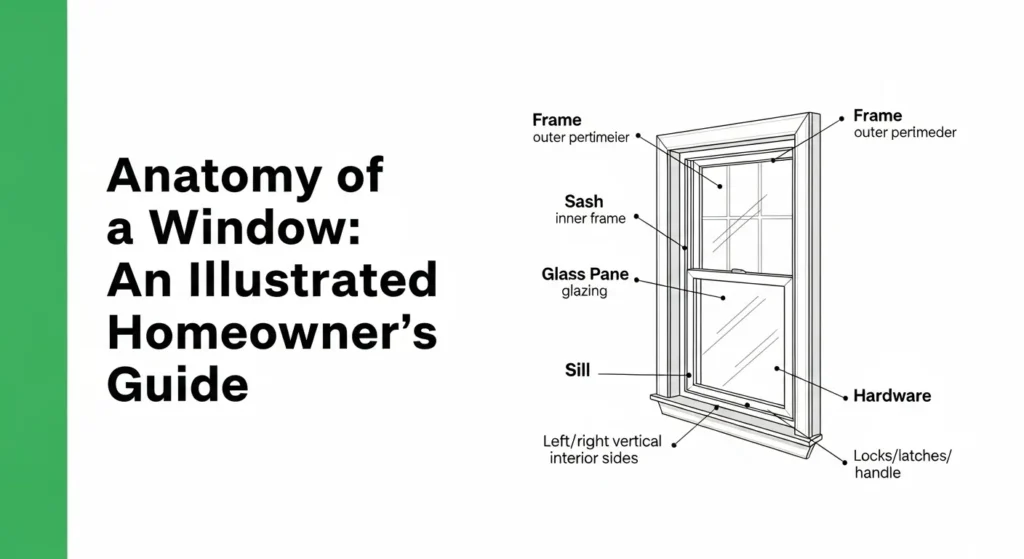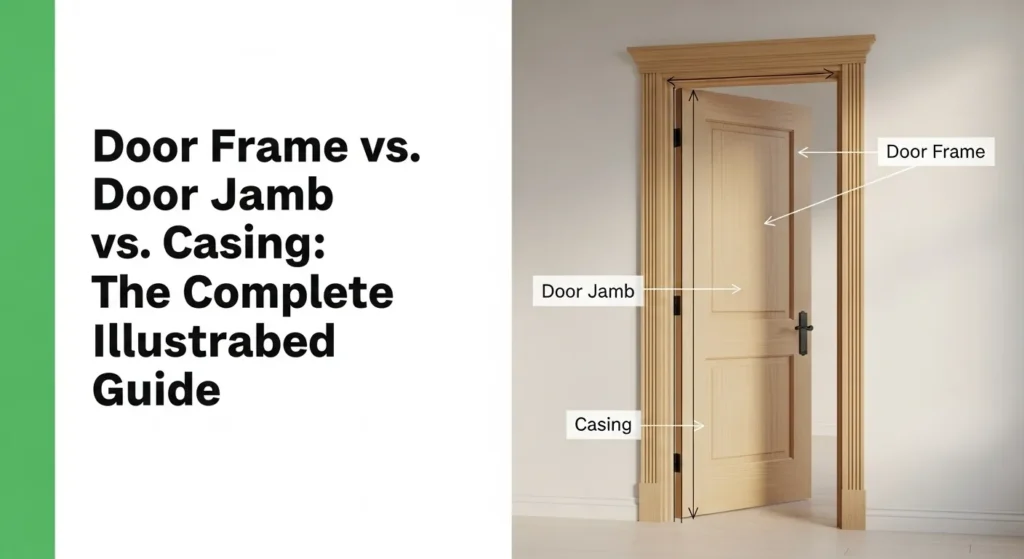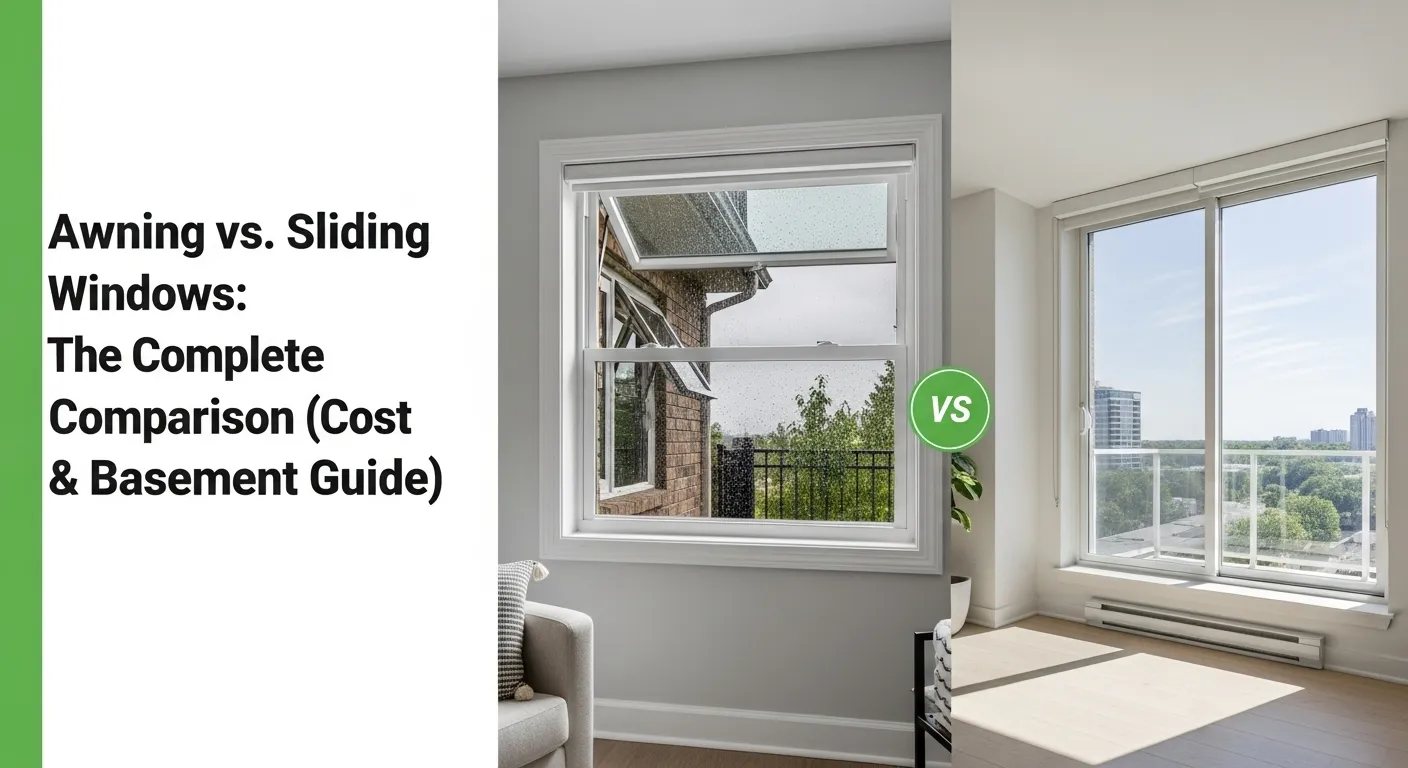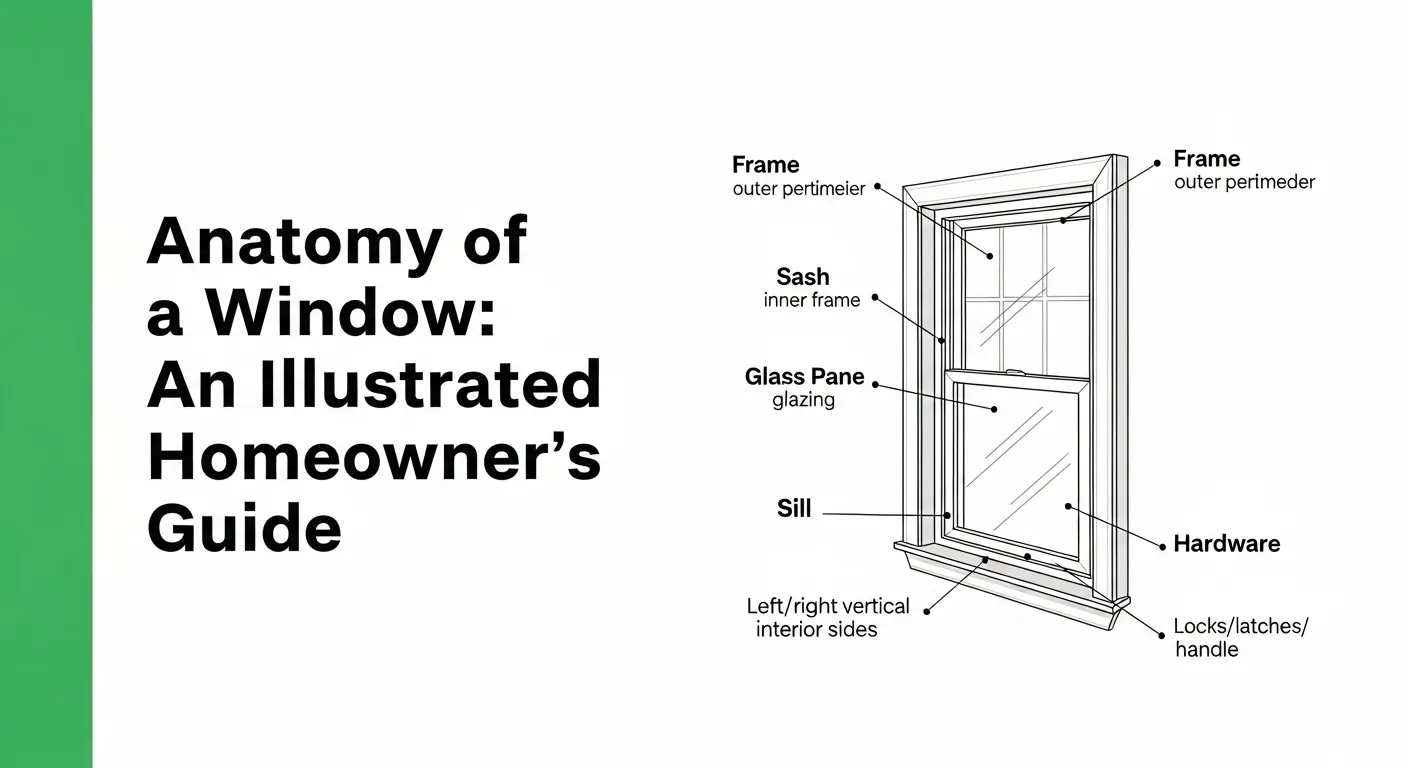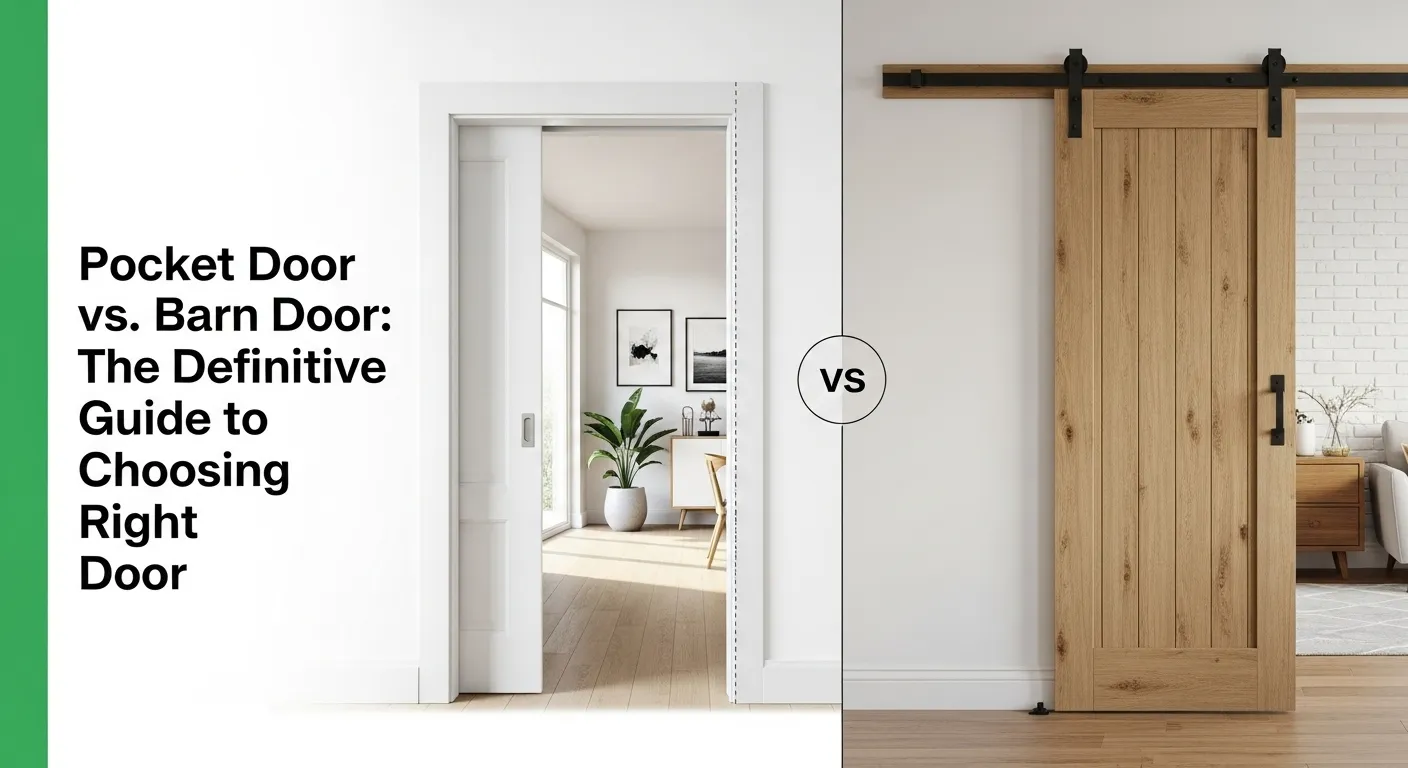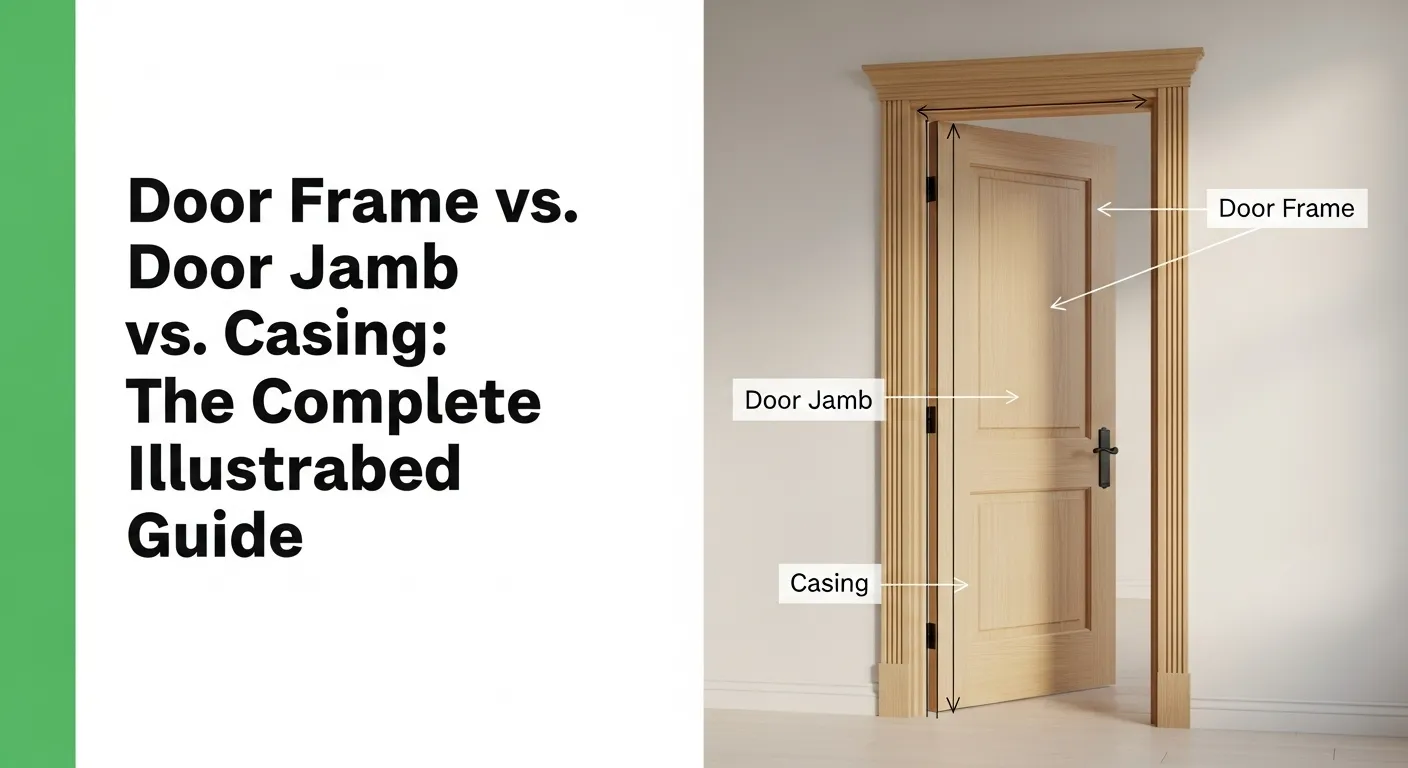Are you trying to fix a drafty door but confused by “sill” vs “threshold”? You’re not alone.
This guide provides a clear, visual explanation, enabling you to diagnose issues, purchase the appropriate parts, and approach the project with confidence.
Door Sill: The bottom of the door frame—the structural base that the threshold sits on.
Door Threshold: The replaceable strip you step over—its job is to seal under the door and take wear.
Simple analogy: The sill is the foundation; the threshold is the welcome mat.
What’s at the Bottom of a Door? (Anatomy Diagram)
From the subfloor up, you’ll identify the sill (the foundation of the frame), the threshold (the sealing cap), the door panel with a sweep, and the jambs on the sides.
Key parts in a right-to-left, cross‑section view:
- Subfloor
- Door Sill — “The Foundation” of the door frame; may be wood, composite, or integrated with a sill pan
- Door Threshold—The seal that sits on top of the sill; adjustable or fixed
- Door Panel & Door Sweep—The sweep compresses on the threshold to block drafts/water
- Door Jambs—Vertical frame members that meet the sill at the bottom corners
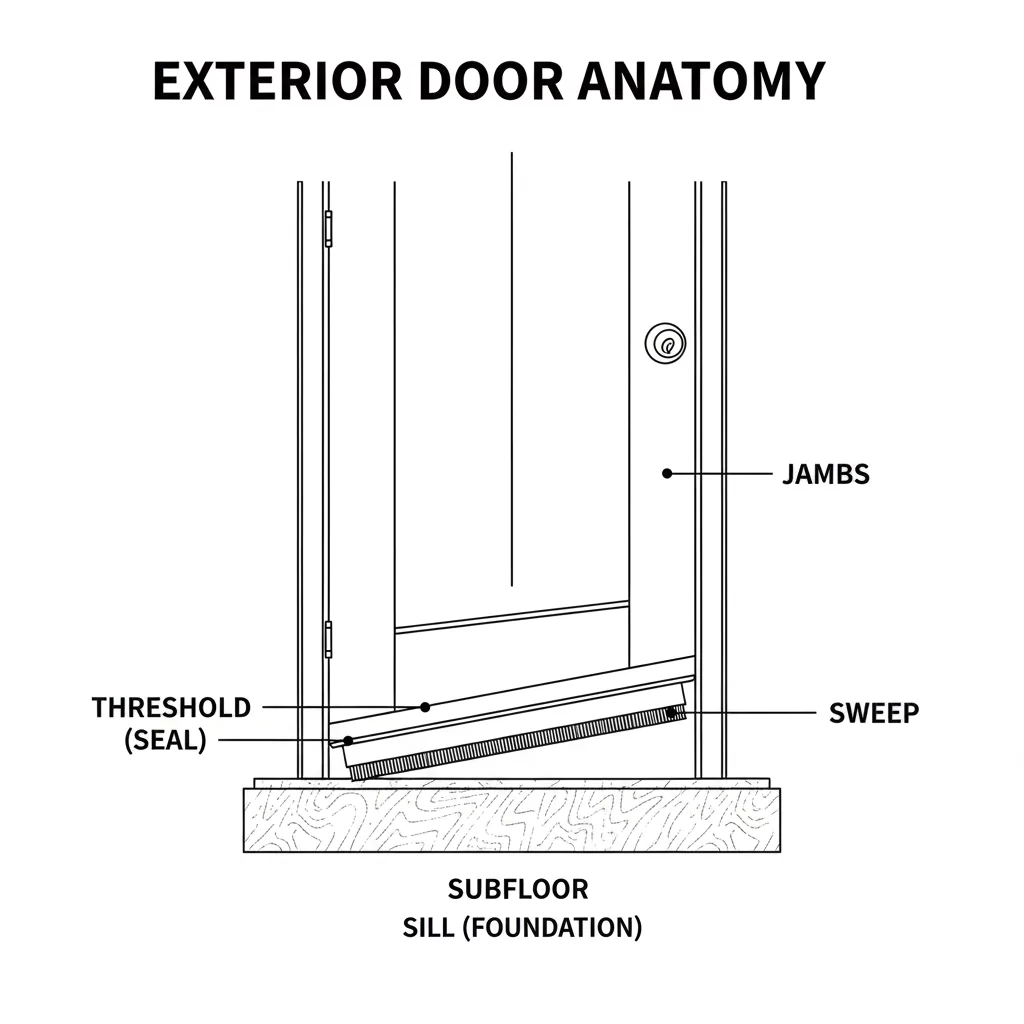
How Do “Sill” and “Threshold” Compare?
The sill is a structural frame member; the threshold is a replaceable wear-and-seal surface.
| Feature | Door Sill | Door Threshold |
|---|---|---|
| Primary Job | Structural support, base of frame | Weather sealing and durability underfoot |
| Location | Bottom horizontal part of the frame | Sits on top of the sill, under the door |
| Materials | Pressure‑treated wood, composite, PVC, aluminum subsills | Aluminum, hardwood (oak), composite, adjustable extrusions |
| Repair | Structural repair may involve frame removal and sill pan flashing | Typically DIY; usually held with screws, easy to replace or adjust |
Do Interior Doors Have Sills?
No—interior doors typically do not have a sill. What you see on the floor is a threshold or transition strip.
- Interior doors: The strip between rooms (e.g., bathroom tile to hallway wood) is a threshold/transition, not a sill.
- Materials vary: wood, marble/stone, or metal. Its jobs are level change, finish transition, and a minimal draft barrier (not weatherproofing).
Why Does the Distinction Matter for Homeowners?
It determines what you replace, how much it costs, and who should do the work.
- Diagnosing Problems
- Soft, spongy wood under the threshold? Likely a rotted sill (serious; investigate leaks and flashing).
- Visible dents, loose screws, or poor contact with the door sweep? Likely the threshold (simple fix or adjustment).
- Purchasing Parts
- Draft under the door? Start with an adjustable threshold or replace the worn one. Also inspect the door sweep and weatherstripping.
- Sill components are typically part of the door unit; you rarely buy a “sill” alone unless rebuilding the frame.
- Project Scope
- Replace threshold: ~1 hour DIY with basic tools.
- Replace sill: Advanced job—often involves removing the door unit, adding a sill pan, and reframing. Hire an experienced contractor.
Pro tip: If you observe moisture damage, add or upgrade a sill pan flashing to protect the new sill and threshold from future leaks.
Mini decision flow:
- Draft only when the door is closed. → Adjust or replace the threshold and door sweep.
- Water staining or softness at corners → Inspect sill and flashing; plan a pro repair.
- Threshold screws are maxed out, but there is still a gap. → Replace the threshold with a taller/adjustable model; confirm the sweep condition.
- Understand hardware: Door Latch Styles
- Learn framing parts: Door Frame Types and Styles
- Sliding systems: Sliding Door Parts Names
- Sizing basics: Standard Door Size
- Style trends: Are Barn Doors Out of Style in 2025
- Closet planning: Standard Folding Door Sizes
- Patio elegance: French Door Buyer’s Guide
- Style trends: Slab door vs Prehung door
- Commercial options: 8 Styles of Commercial Doors
What Types of Replacement Thresholds Can You Buy?
Most homeowners choose between a simple saddle, a bumper‑seal style for tighter closure, or an adjustable threshold for a perfect fit.
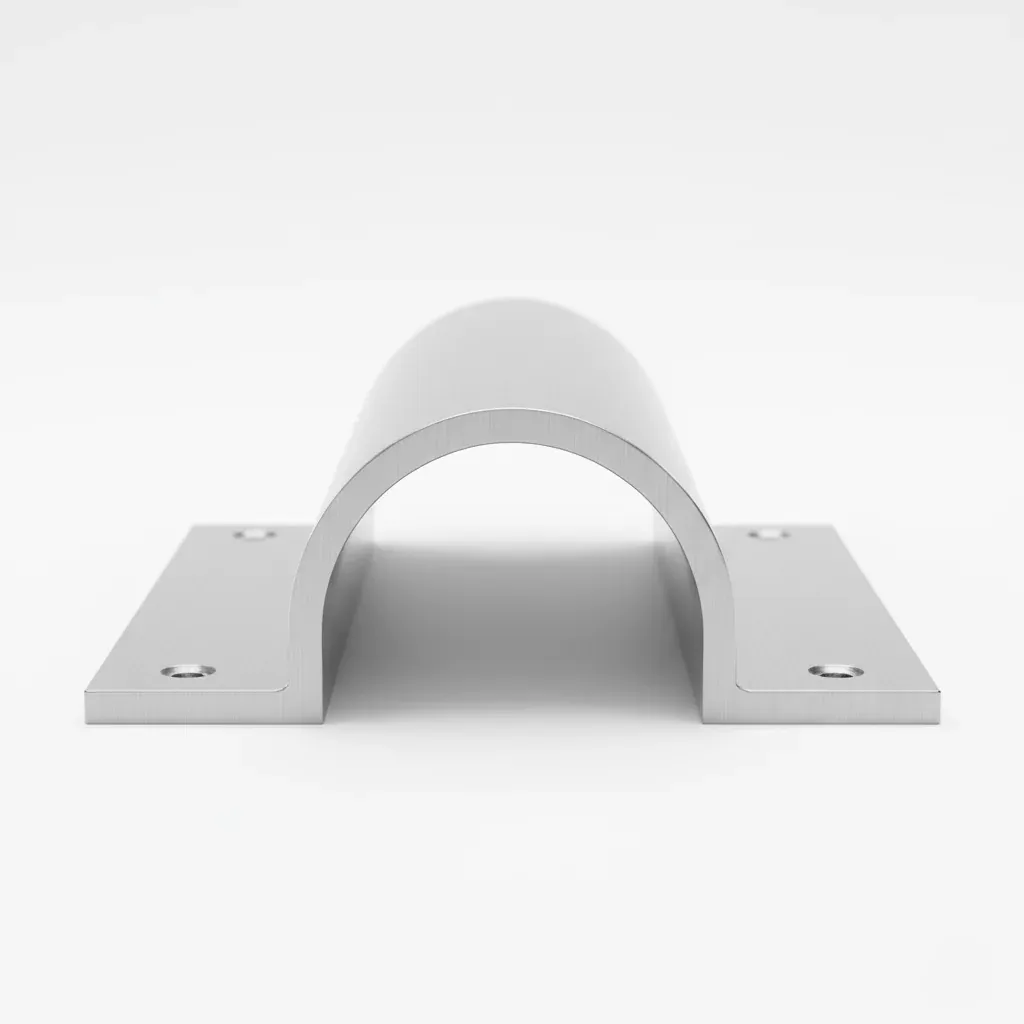
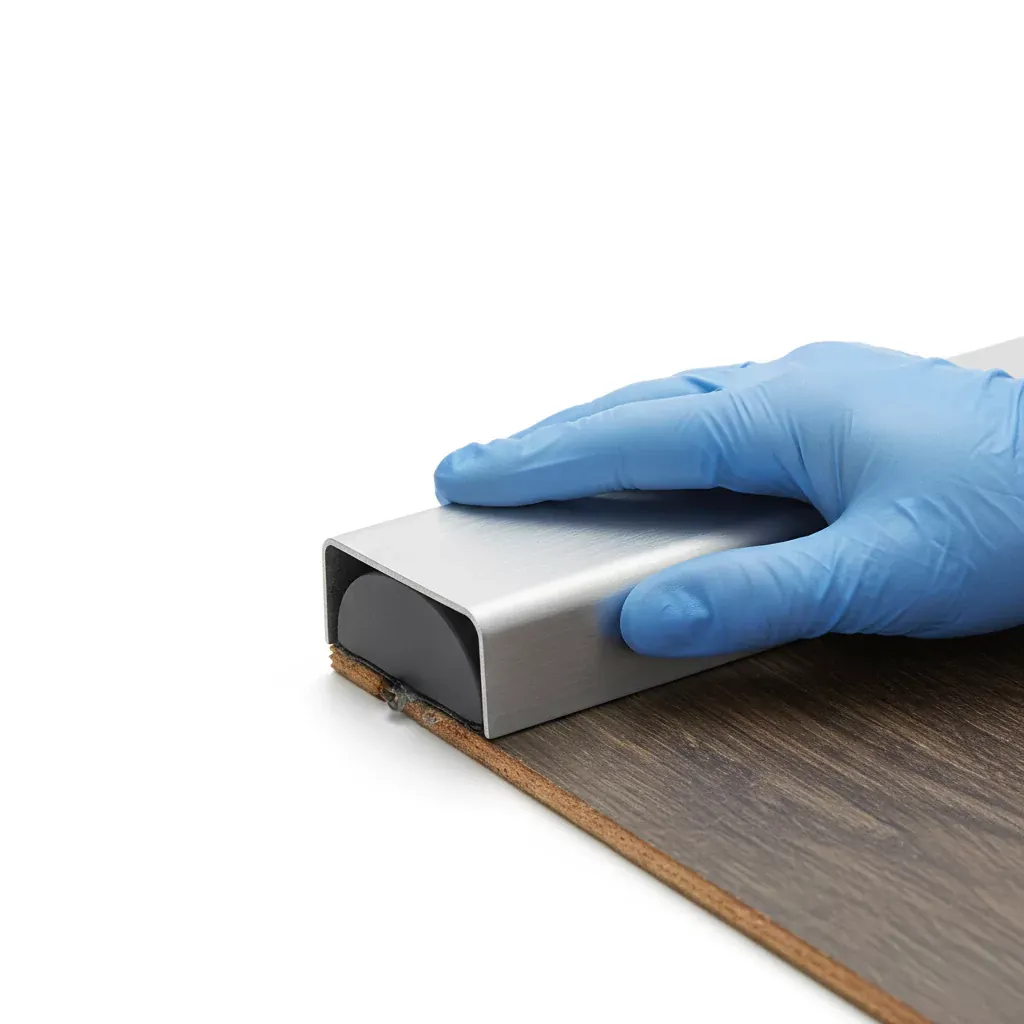
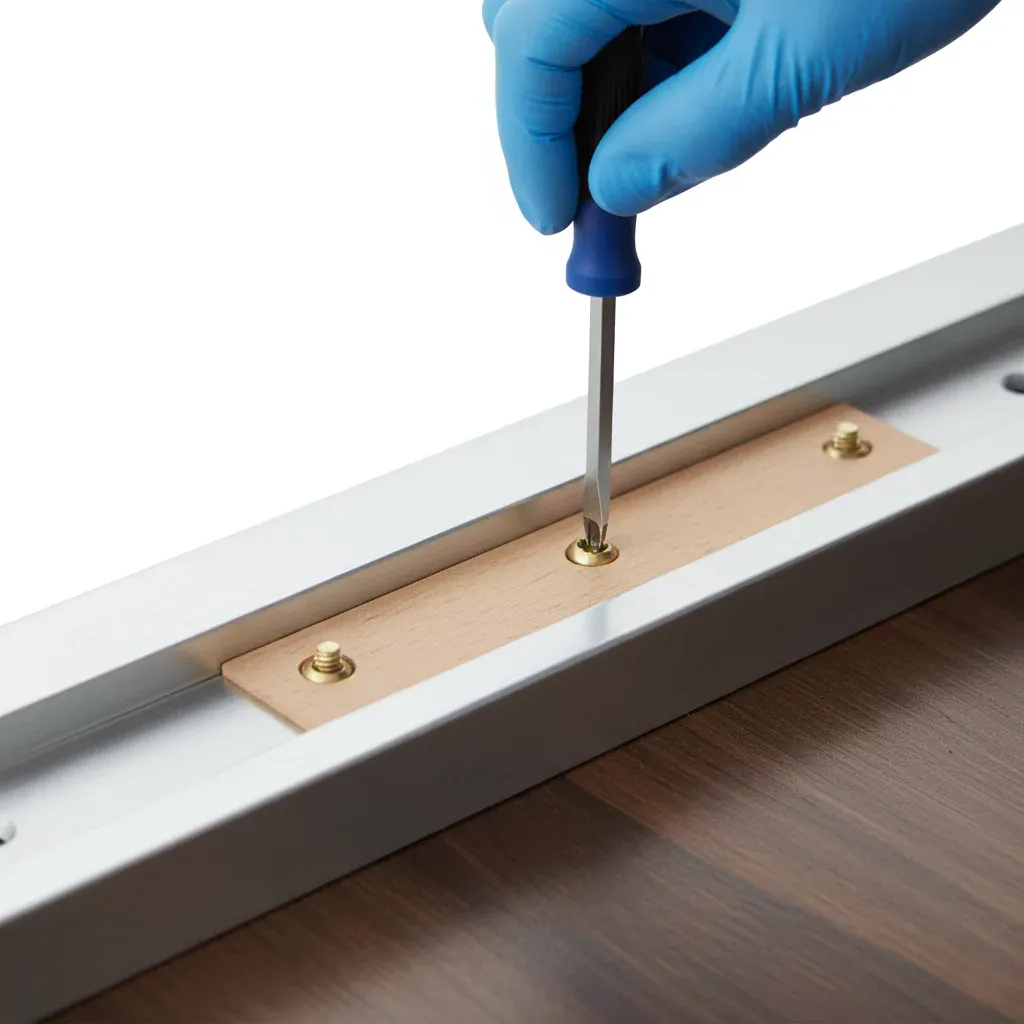
- Saddle Threshold
- A solid, gently arched profile.
- Best for durability and simplicity; fewer parts to fail.
- Bumper Seal Threshold
- Adds a raised vinyl or rubber “bumper” that the door face presses against.
- Great for an improved air/water seal.
- Adjustable Threshold
- Features screws to raise/lower the cap to meet the door sweep perfectly despite settling.
- Ideal for stopping drafts without rehanging the door.
Tip: Pair a new threshold with a fresh door sweep for the best seal. Confirm outswing vs. inswing orientation before buying.
Conclusion: Now You’re the Expert
The sill is the structural base of the door frame; the threshold is the replaceable sealing cap you walk over. With the right vocabulary, you can diagnose issues faster and buy the correct parts.
Next step: Is your threshold worn out? Follow our step‑by‑step tutorial: How to Replace a Door Threshold.

